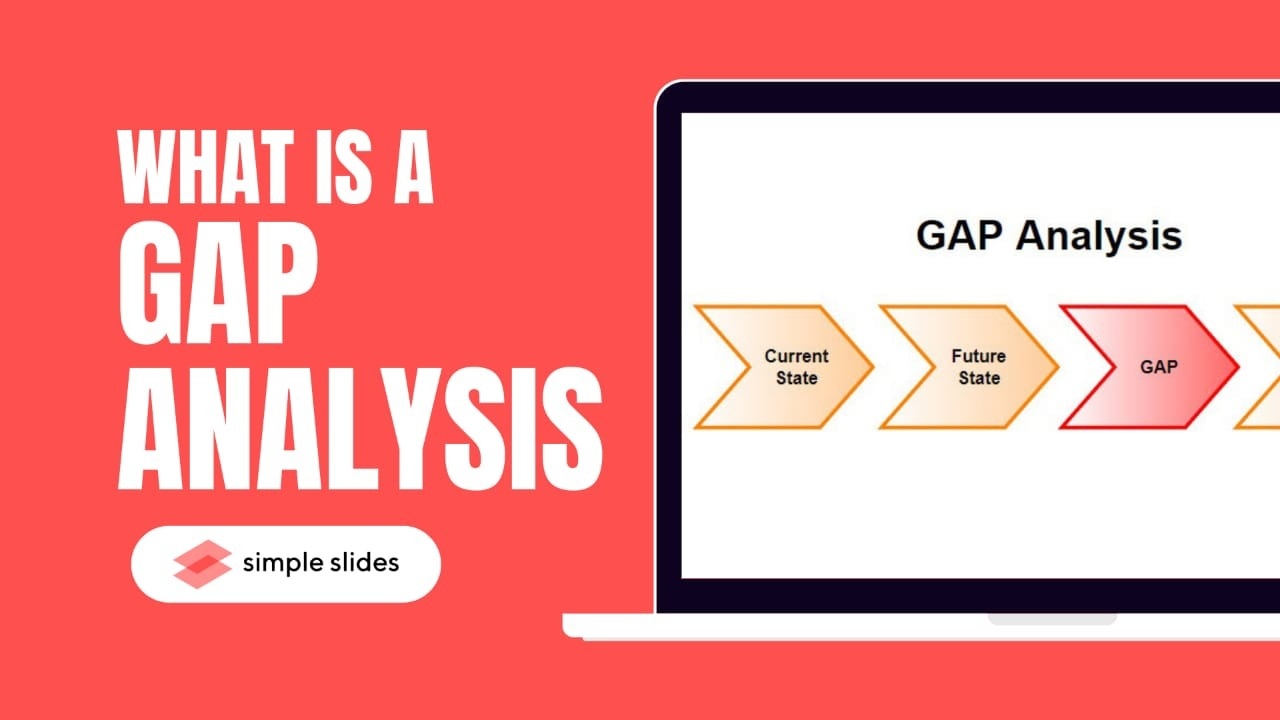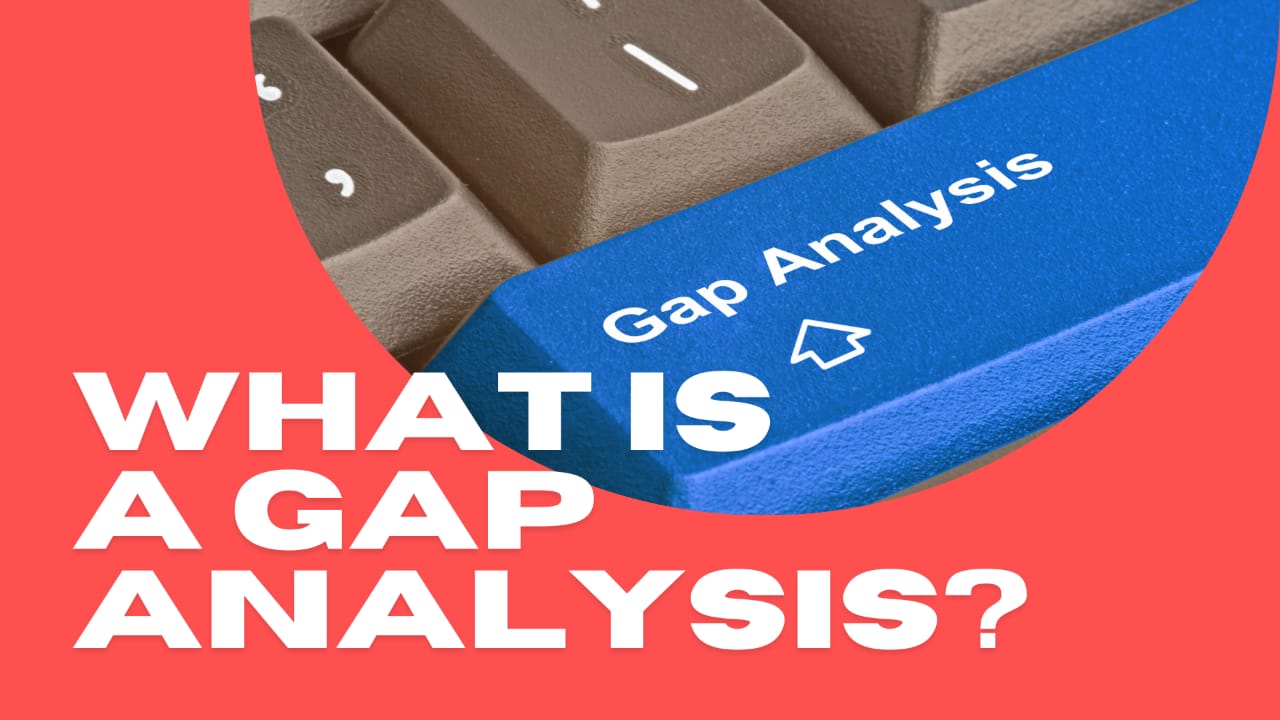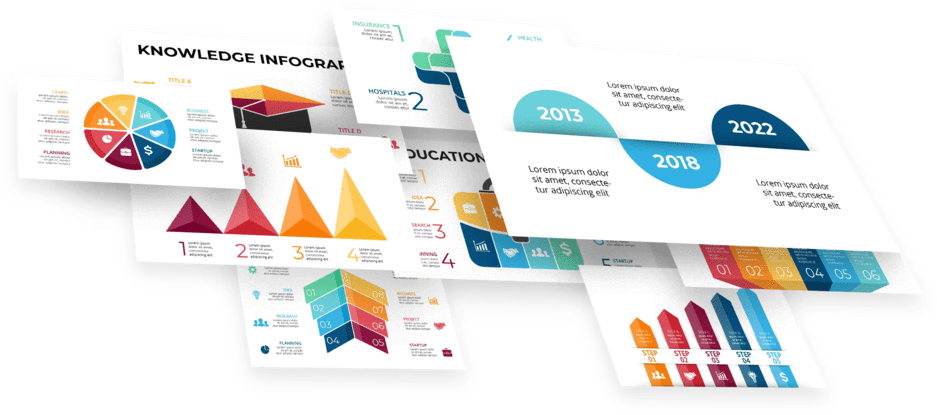What Is a Gap Analysis and How Is It Done?
Oct 07, 2022
As a business owner, you have a dream for your business. But how do you get your business from where it is to your desired level?
Most business leaders have a tough time answering this question. If only a business tool could help you fill this gap.
Fortunately for you, we know a tool that can help. It is called gap analysis, and we will cover all the essential details. You can perform a gap analysis at the end of this article.
What Is a Gap Analysis?
A gap analysis is a process of finding the gap between the current position of your business and your desired position. It will provide a roadmap of the actions required to meet your expectations.
When conducting gap analyses, you are to analyze the performance of your business processes to see if they are meeting expectations. The failure to meet goals means that there are performance gaps that you must bridge.
Whether you run a small or large business, the gap analysis process should be part of your internal analysis. You can assess the performance of your entire business or a single department with it.
The Goals of Gap Analysis.
Here are the three main goals of gap analysis:
- Gap analysis helps businesses to identify gaps preventing them from reaching their desired future state and develop a well-structured action plan to bridge them.
- Gap analysis brings key stakeholders together to discuss problems and create solutions. Though each stakeholder may have a different opinion, they eventually agree on a strategic plan.
- Gap analysis helps businesses to make plans based on facts rather than opinions.
- Gap analysis enables businesses to record and use their current performance levels for future purposes.
Analyze your strengths, weaknesses, opportunities, and threats with our SWOT analysis template.
Categories of Gap Analyses.

Gap analysis is split into four categories. Let's look at each of them below:
Strategic Gap Analysis.
Strategic gap analysis compares a company's actual performance with the expected performance. During this process, you may study your competitors' business operations to see why they have a competitive edge. You can copy the products, services, or processes that suit your company's purpose.
Market Gap Analysis.
Market gap analysis compares a company's current sales with anticipated sales. Analysts look into underserved markets for opportunities. The company then moves to leverage the opportunities.
Skills Gap Analysis.
Companies carry out skill gap analyses to examine their human resources. A skill gap analysis will determine if your workforce has the necessary skills to achieve your business goals. You will then know what skills are needed to boost your business performance.
Profit Gap Analysis.
You can conduct a profit gap analysis to see if your present profits meet your desired profits. By identifying the reason for such a gap, you will understand what has to be done to bridge it.
Download these project infographics for free!
How To Perform a Gap Analysis.
If you need a gap analysis, you can do it yourself. Take these five steps to carry out the gap analysis process:
Set Goals.
Start your gap analysis by setting some limits. You cannot add the desired value to your business if you go through the process blindly.
Instead of saying something like, "I want to own the biggest retail store in Texas," try to narrow down the areas you want to improve. Examples of focus areas include:
- Increased sales
- Financial growth
- Customer satisfaction
- Employee satisfaction
- New products or services

Analyze Your Future State.
You may be tempted to analyze your present state first, but you won't get the best out of gap analysis that way. This is because you can have several current states depending on how you conduct your analysis.
Get the best out of gap analysis by defining your future state first. However, you should avoid mentioning any KPI or measure here.
For instance, your expected future state for Financial Growth can be to become one of the most profitable firms in your industry.
Examine Your Present State.
Now is the time to examine the present state of your business. Try to be honest and realistic when working on this section. Examples of gap analysis tools that you will find helpful when analyzing your strengths, weaknesses, opportunities, and threats are SWOT analysis and PEST analysis.
If you focus on financial growth, your current state can be, "We run a profitable business, but we have much higher operating costs than our competitors."
Add Metrics.
After defining your focus areas, future states, and current states, the next step is to set some metrics/KPIs. Ensure that the KPIs you add to your KPIs are measurable. It would be best to remember that your gaps will be the difference between the KPIs of your present and desired states.
Example: If your focus area is Financial Growth, you can have a gap of $35,000 between your current operating costs ($65,000) and desired operating costs ($30,000).
Develop an Action Plan.
The final step of your gap analysis is to develop an action plan to move from your present state to your desired state. Work with your team to create different solutions to the problem and then debate on the best one. Once you have the best solution, create a clear and actionable plan to implement it.
Don't miss out on our strategy infographics.
Download A Gap Analysis Template From Simple Slides.
We have created a professionally-designed gap analysis template to make your job easier. Take advantage of our 3-day trial period to download it for free. All you have to do to use it is to enter your data.
Frequently Asked Questions:
What is a gap analysis?
A gap analysis is a tool for identifying the gap between an organization's actual business performance and the desired business performance.
When should I carry out a gap analysis?
You can conduct a gap analysis at any point. However, it is more effective during strategic planning and diagnosing performance-related issues.
What are the five steps of a gap analysis?
Set goals > Analyze your desired state > Examine your current state > Apply KPIs > Develop an action plan.
Related Articles:
Get A Free Sample of Our Award-Winning PowerPoint Templates + University
Get A Free Sample of Our Award-Winning PowerPoint Templates + University
Join our mailing list to receive the latest news and updates from our team.
Don't worry, your information will not be shared.
We hate SPAM. We will never sell your information, for any reason.





